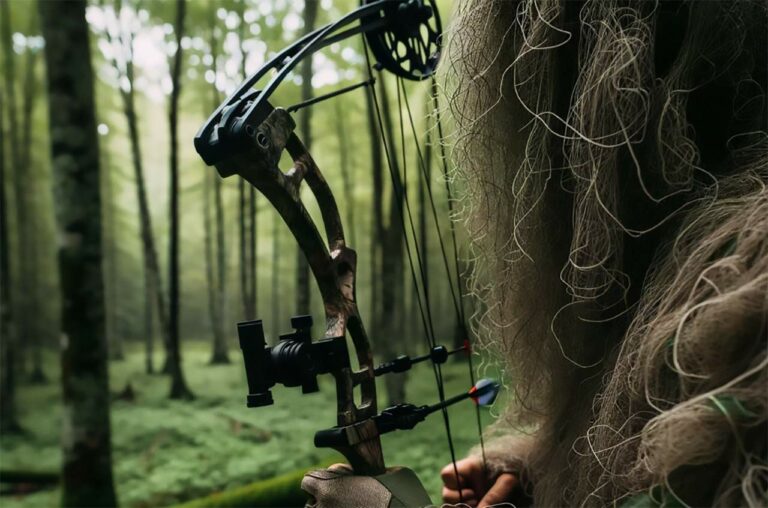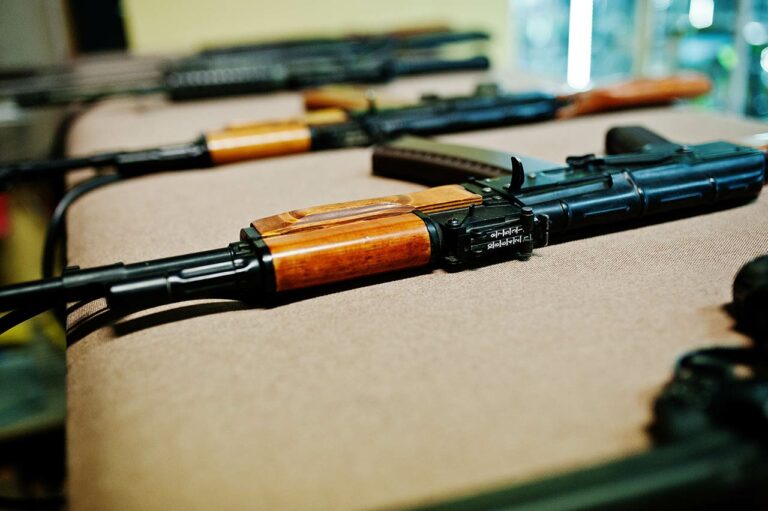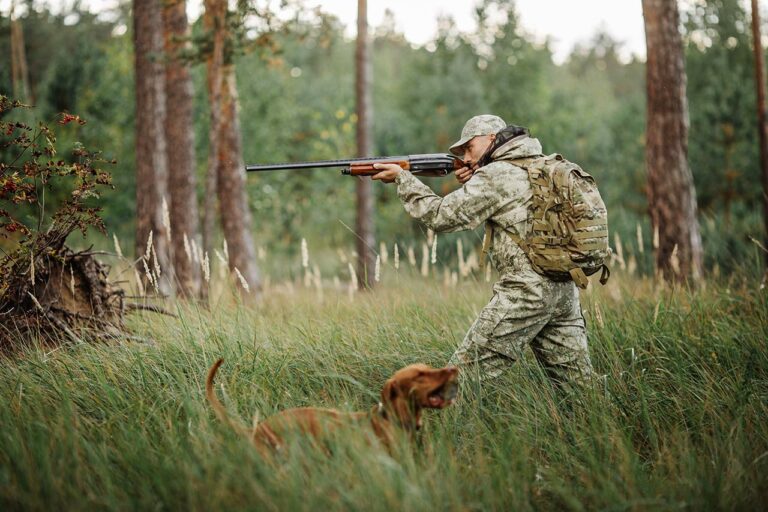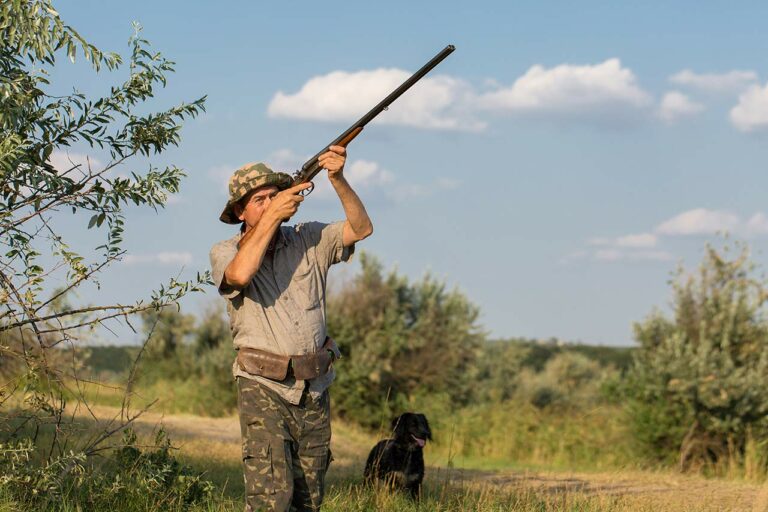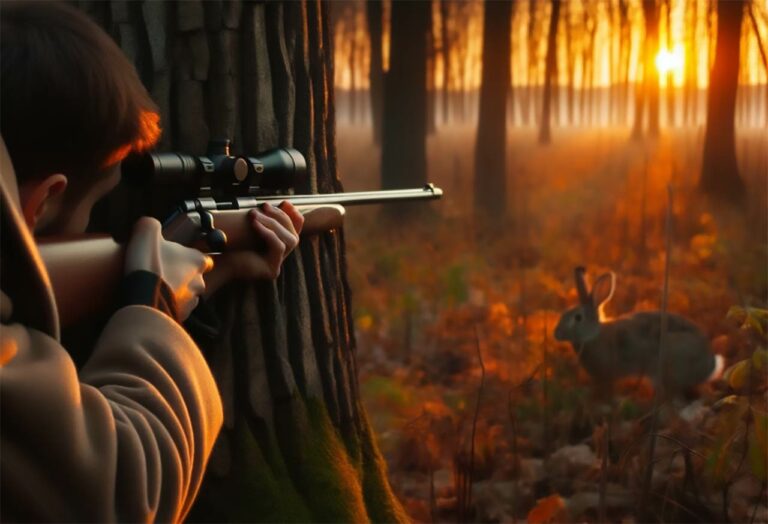Airgun Hunting Laws By State: A Regional Guide
Airgun hunting has gained popularity among outdoor enthusiasts for its affordability, practice opportunities, and the variety of game that can be hunted. But, as an airgun hunter, it’s essential to familiarize yourself with the laws and regulations governing airgun hunting in your state. State airgun laws can vary significantly, with game species, caliber restrictions, and even specific hunting seasons among the many factors involved.
By understanding the rules and requirements in your region, you can not only ensure a fun and safe experience but also help promote ethical hunting practices.
General Airgun Hunting Laws
Each state has its own set of laws and regulations when it comes to airgun hunting. Some states have more lenient rules, allowing the hunting of most species with an airgun, while other states have stricter regulations concerning which animals can be hunted and the specific airgun requirements for hunting.
One primary factor in airgun hunting regulations is the minimum muzzle energy required for hunting specific game. Some states allow small game hunting with an airgun, but only if it has a specific minimum muzzle energy. These muzzle energy minimums can vary by state, so it’s essential to know your airgun’s specifications to ensure it meets the state’s requirements for the species you’re hunting.
Airgun Hunting Laws by State
Northeast Region
In the Northeast Region, airgun hunting laws vary by state. In Maine, you can hunt certain small game and birds with air guns that are .177 caliber or larger and produce a muzzle velocity of 600 feet per second or more. Massachusetts allows airgun hunting for certain small game and pests, but specific caliber and velocity requirements apply. In New York, it is legal to use air guns with a minimum caliber of .177 for hunting small game. Be sure to check each state’s specific regulations and restrictions before hunting with an airgun.
Midwest Region
Moving to the Midwest Region, airgun hunting laws are quite diverse. Indiana allows air gun hunting for squirrel and other small game animals, while Iowa permits using air guns for hunting squirrels, rabbits, and other small game animals, but requires the air gun to produce a minimum muzzle energy of 17.7 foot-pounds. Illinois allows air guns for hunting small game during specific seasons, whereas Michigan permits .177 caliber air guns for squirrel, rabbit, pheasant, and other small game. Remember to always consult each state’s specific regulations.
Southern Region
The Southern Region also has various airgun hunting laws. Alabama permits airguns for hunting small game animals, while Florida allows air gun hunting for small game and nonnative game birds. In South Carolina, airguns are considered rifles and are lawful for hunting animals anywhere rifles are allowed. Tennessee has specific caliber restrictions and a minimum muzzle velocity requirement of 600 feet per second for small game hunting. Make sure to familiarize yourself with each state’s particular laws.
Western Region
Out in the Western United States, airgun laws can be quite different. California allows air gun hunting of certain small game and non-game animals, while Colorado permits air guns for hunting small game with specific caliber and minimum muzzle velocity requirements. In Oregon and Washington, air guns can be used for hunting unprotected species and certain small game animals. Nevada and Arizona have more restrictions in place, so it is important to consult each state’s specific airgun hunting laws before embarking on a hunt.
Territories and Other Regions
For territories and other regions of the U.S., such as Puerto Rico, the U.S. Virgin Islands, Guam, American Samoa, and the Northern Mariana Islands, airgun hunting laws also vary greatly. In some of these places, they’re nonexistent. It’s essential to research local hunting laws and regulations to make sure you are in compliance with them.
Remember to always follow state and local hunting laws when using airguns, as these regulations are in place to ensure safe and responsible hunting practices.
Regulatory Considerations and Restrictions
When it comes to airgun hunting, it’s crucial to be aware of the different regulatory considerations and restrictions that may exist. Along with guidelines that dictate which species can be hunted with airguns and caliber and power restrictions, some states designate specific seasons for airgun hunting, just like they do for hunting with firearms. It’s essential to research your intended hunting location and familiarize yourself with rules and seasons before setting out.
In some states, airgun hunting is also restricted to specific licensing classes or you may be required to take a hunter education course.
Certain states may allow airgun hunting for particular small game and non-game animals, while others only allow airgun hunting for specific big game species.
When hunting with an airgun, regulatory considerations may also come into play. Some areas may have restrictions on the type of airguns allowed, may specify acceptable times of day for airgun hunting, or might impose regulations around airgun hunting on public or private land. It’s essential to consider these factors when planning your airgun hunting trip. And, if you happen to be going to a hunting location that crosses state lines, it’s a very good idea to know the laws in both states to avoid issues.
Remember, responsible airgun hunting starts with understanding and adhering to all requirements and guidelines set forth by your state and local authorities. If you can stay on the right side of the law, you should have no issues when hunting with your airgun.


